On January 24, 1848, gold was discovered at Sutter’s Mill in California, sparking one of the largest migrations in America’s history. Americans and immigrants flocked to California by the thousands, hoping to strike it rich as miners in the gold fields or as merchants selling supplies.
Although it seems like ages ago, students can find echoes of the modern world in stories from the Gold Rush. No matter the generation, the excitement of opportunity can bring out the best and worst in people. The Gold Rush is no different. Teachers can use the following titles in the classroom to demonstrate how the good and bad sides of Americans played out during the Gold Rush through innovation, commerce, economics—and their treatment of each other.
Levi Strauss Gets a Bright Idea (Grades K-3, Lexile AD610)
The origin story of blue jeans gets a hilarious tall tale makeover in this picture book written by Tony Johnston and illustrated by Stacy Innerst. Innerst’s denim-textured illustrations add to the humor of the story, where unfortunate Gold Rush miners are forced to work in their long johns. Eventually, they must hide modestly in barrels before Levi Strauss rescues them—in true tall tale fashion—with the invention of denim jeans.
Discussion and Reflection:
Tall tale study. Students can use this tall tale checklist to see how the components of a tall tale fit into this story. Which parts of the story are true, and which are exaggerated? How can we find out?
The importance of voice. Johnston uses a distinct voice that incorporates slang, western vernacular and metaphor, and he always places humor in the forefront. This makes the book a perfect mentor text for students of all ages in a writing workshop. Students can pick out their favorite colorful phrases and use them as inspiration to write an exaggerated tall tale of their own.
The journey of jeans. Denim jeans have been through a lot in the past century and a half. Denim’s had us covered from Gold Rush all the way up to today, where it is often worn for fashion rather than utility. Students can explore this evolution themselves by creating a timeline of jeans throughout the years, and analyzing how their purpose has changed or remained the same. Find inspiration for this activity here.
Graphic History: John Sutter and the California Gold Rush (Grades 4-8, Level S, Lexile GN520)
Even the most reluctant readers will gravitate toward this graphic novel about the discovery of gold in California.
True story: while I had this book on my desk, at least four of my co-workers saw the cover, stopped in their tracks and asked what the book was about over the course of one morning.
Ron Frenz and Charles Barnett III’s vivid panels bring Matt Doeden’s version of how the Gold Rush started to life. While this title is a lot of fun, it’s also full of informational text features like a table of contents, glossary, further reading, bibliography and an index. And it includes a map that shows three different routes taken by the American 49ers hoping to strike it rich.
Discussion and Reflection:
Graphic novel study. Take this opportunity to discuss the elements of the graphic novel as a format. Topics to discuss include:
- The relation between panel size and time (the longer the panel, the more time it takes up)
- The difference between dialogue bubbles and captions, which are usually in a narrative voice
- The use of onomatopoeia
- The relationship between the artwork and the language—how does the artwork support the characters’ dialogue? Do the two always agree? Do they ever convey different emotions or meaning? How do we as readers know which to trust?
Create your own comic. Use online comic generators like the ones here or here to create your own comic panels. Story ideas might range from creating an alternative ending to John Sutter’s story to retelling a panel from a different character’s perspective.
Let’s get down to business. Of the business people involved in the Gold Rush—miners and merchants—who got the better end of the deal and why? Which would you choose to be, and how would you make that happen? Would you act differently than those depicted in this text? Students can create a business plan to outline the path they would take and the resources they would need to be successful.
Angel Island: Gateway to Gold Mountain (Grades 4-9, Lexile 1140)
What comes to mind when you think of U.S. immigration in the 1800s? Ellis Island, economic opportunity, the Statue of Liberty and huddled masses yearning to breathe free? Newbery Medal winner Russell Freedman tells a different story—the story of Angel Island in California, “the other Ellis Island.”
While many U.S. citizens traveled west to strike gold in 1849, tens of thousands of Asian immigrants also arrived on American soil to try their luck in the gold fields. Instead of economic opportunity, they were met with the Foreign Miners Tax, no path to citizenship and later the Chinese Exclusion Act (the first race-based immigration policy in the United States).
Freedman chronicles these immigrants’ experiences during the Gold Rush and it’s after-effects through primary sources like letters, photographs and artwork related to Angel Island, which served as an immigration station and a detention center for those arriving from the west.
Discussion and Reflection:
Angel Island vs. Ellis Island. How does Angel Island compare with Ellis Island? For comparison, you can find a virtual tour of Ellis Island here. Would you make changes to either station to help immigrants assimilate (Standard 9)?
A picture is worth a thousand words. Russell Freedman is known for his carefully curated primary resources that add a new dimension to his writing. What do these pictures communicate that Freedman’s words do not? What emotions can you infer, and what additional information is conveyed?
Immigration then & now. How do legislation and attitudes towards immigrants during the Gold Rush compare with their treatment today? Students can use current primary sources like newspaper articles and photographs to compare with those Freedman uses.
Looking for more books related to the Gold Rush that you can use to teach content areas like social studies and even science in your classroom? Visit Booksource.com to search by interest level, guided reading level and more.


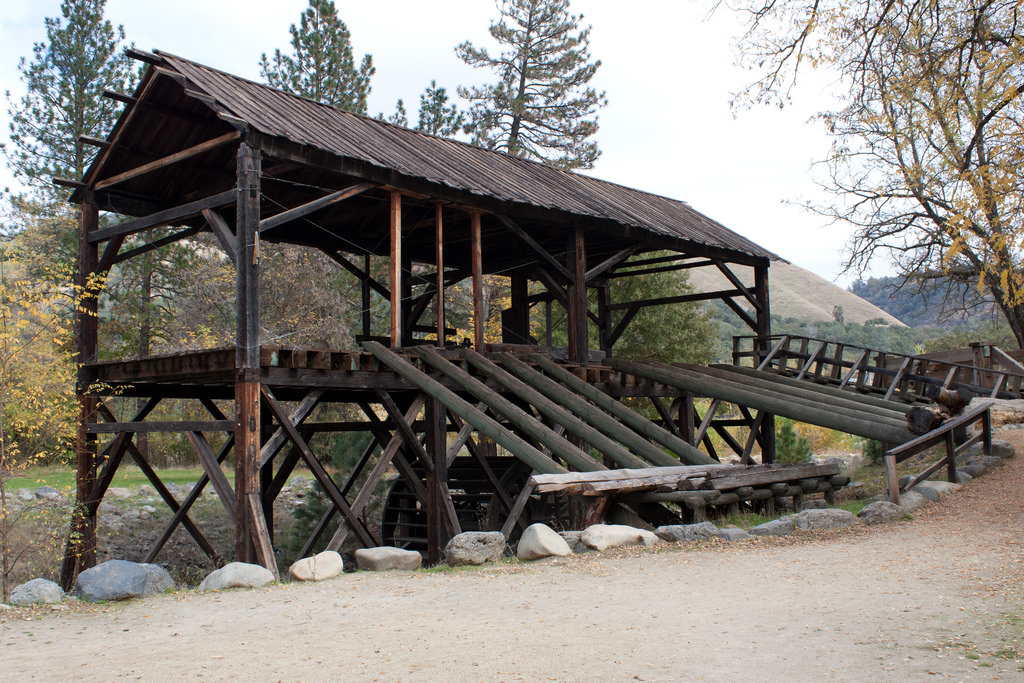
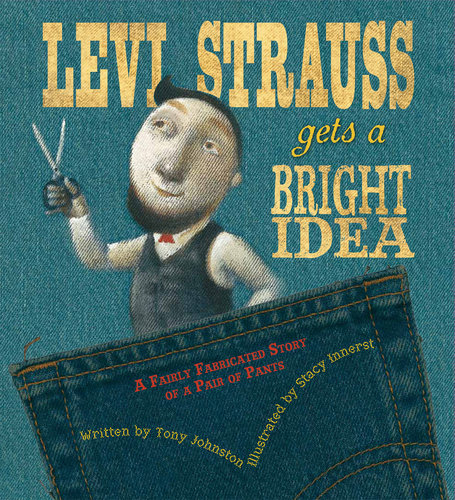
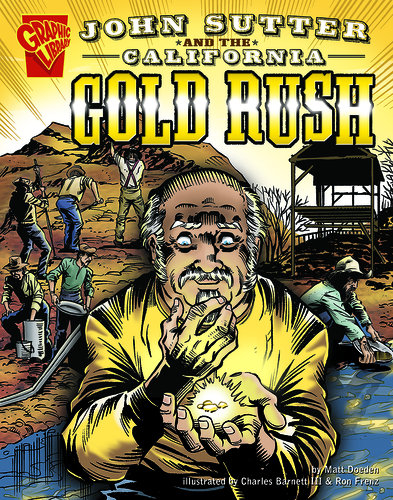
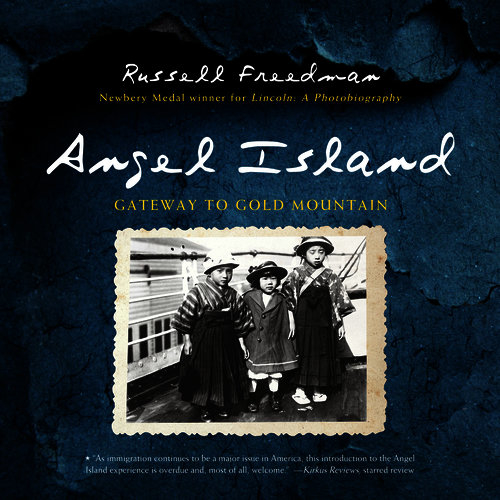

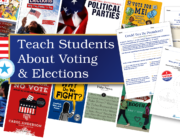
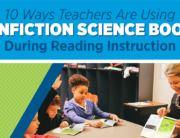
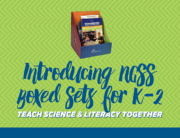
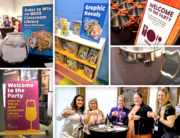
Leave A Comment